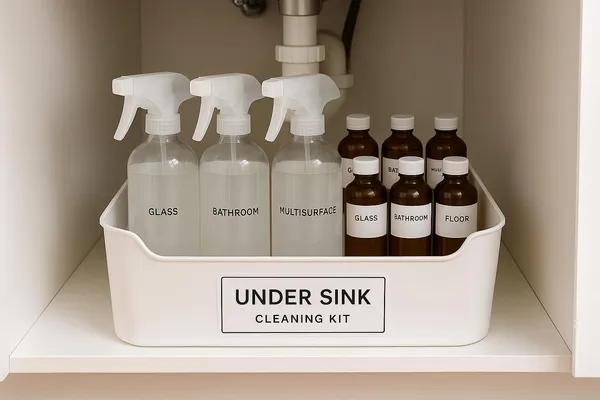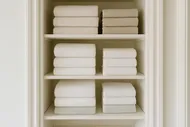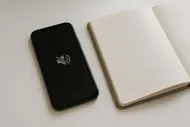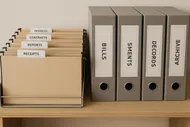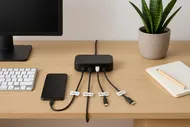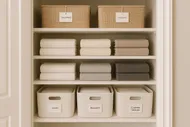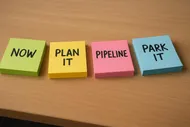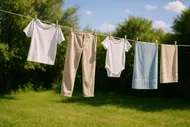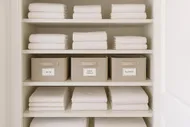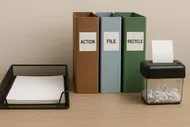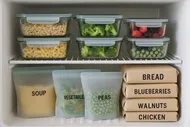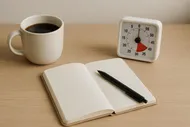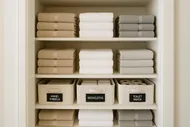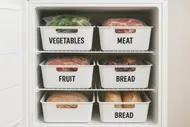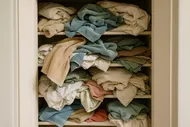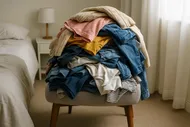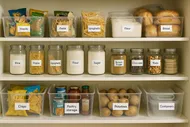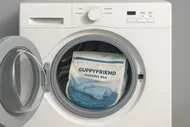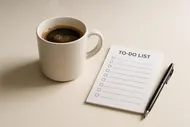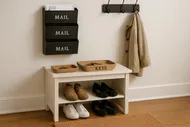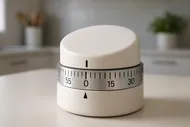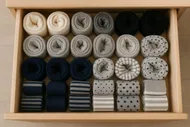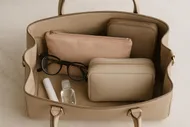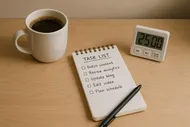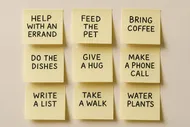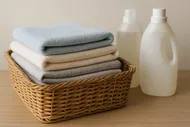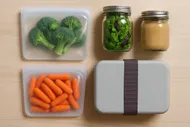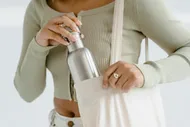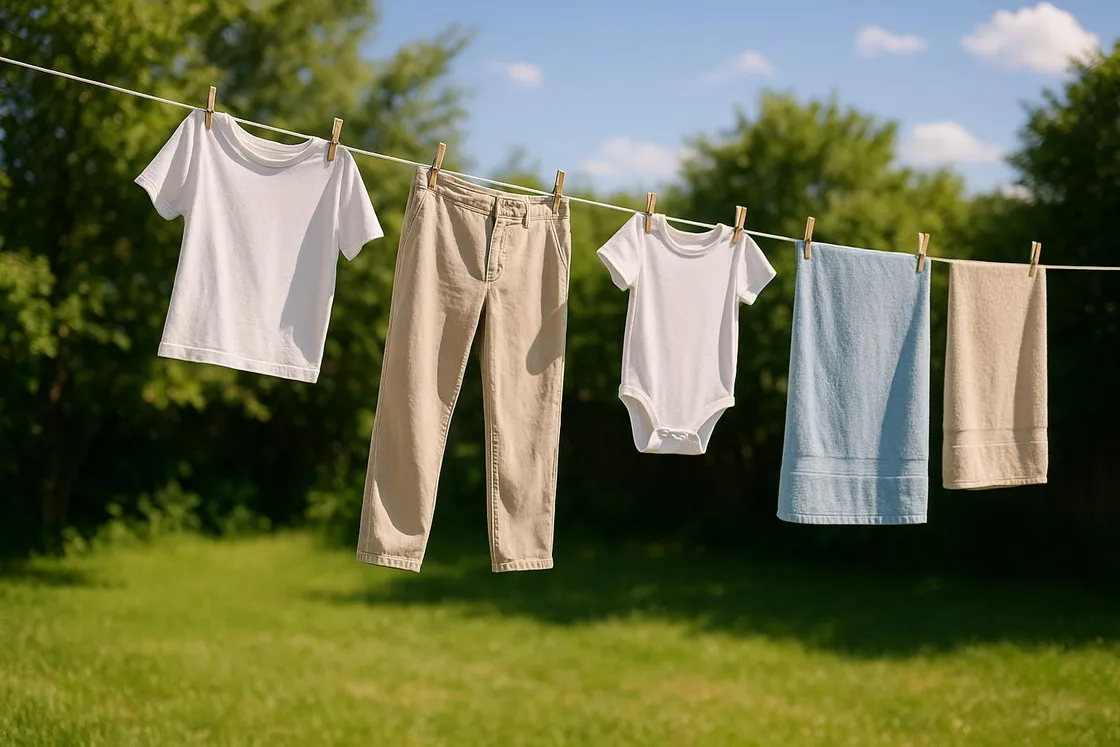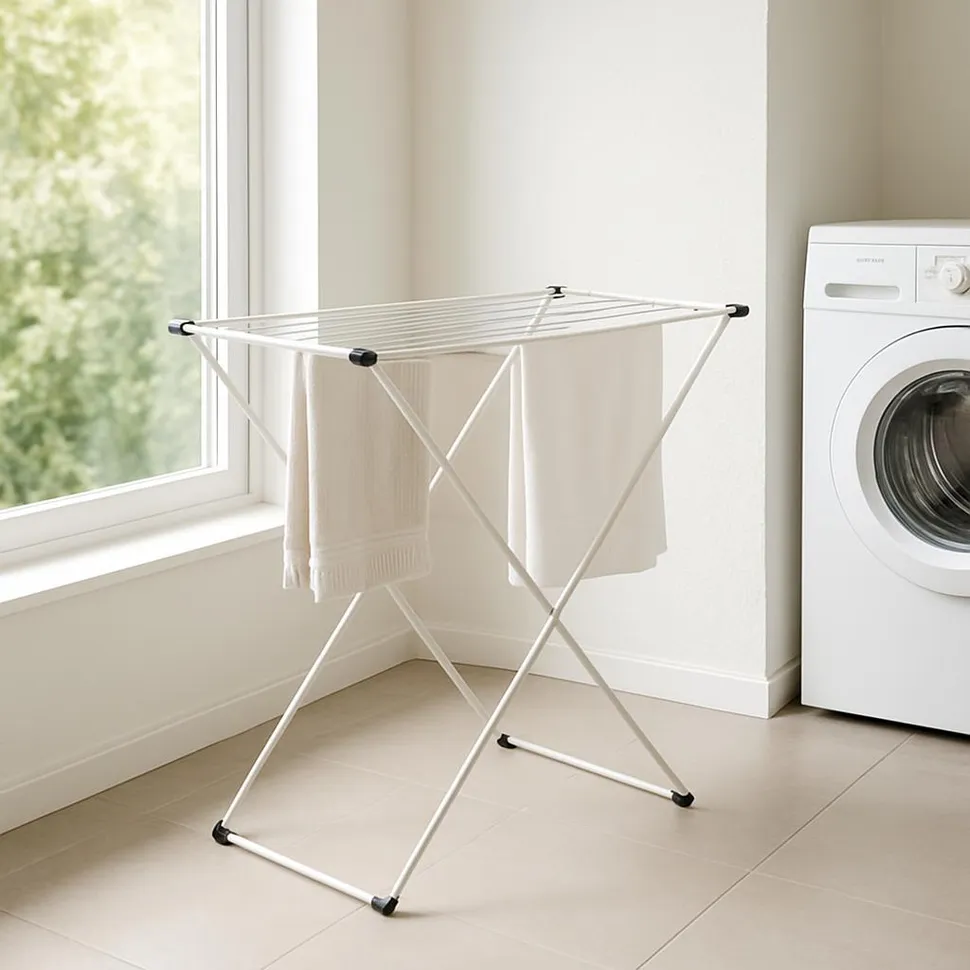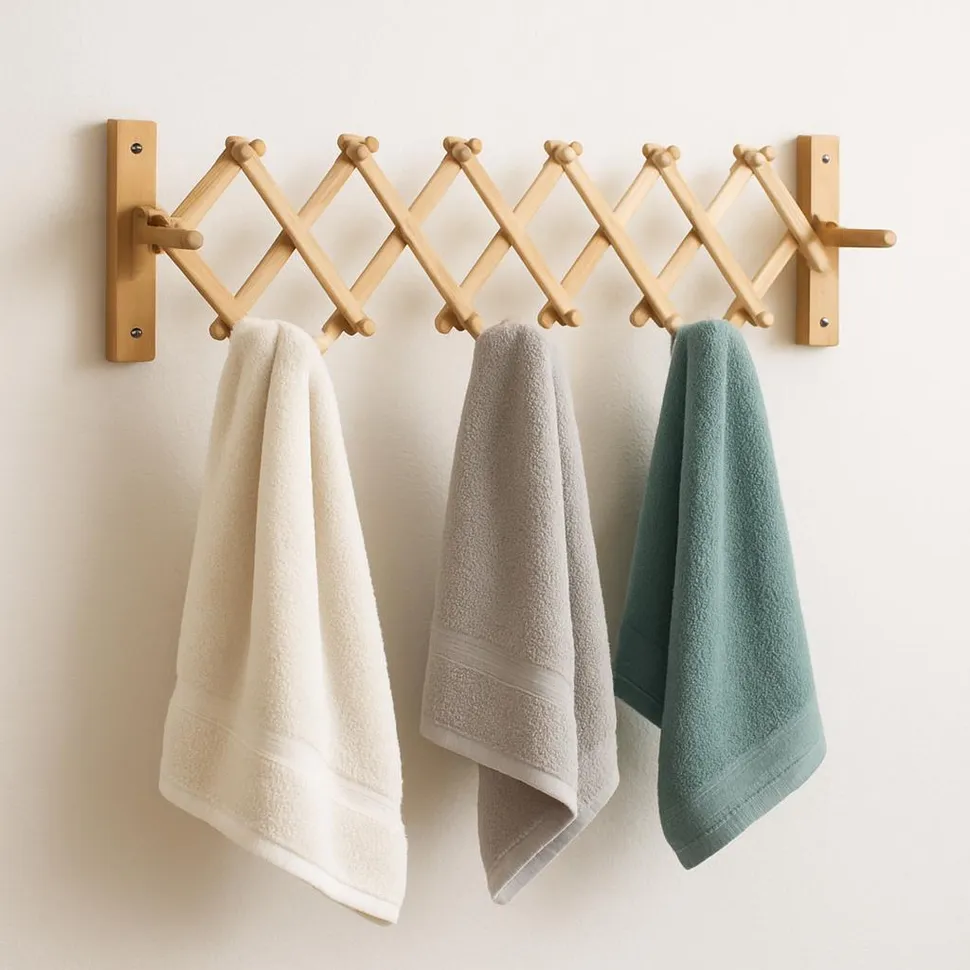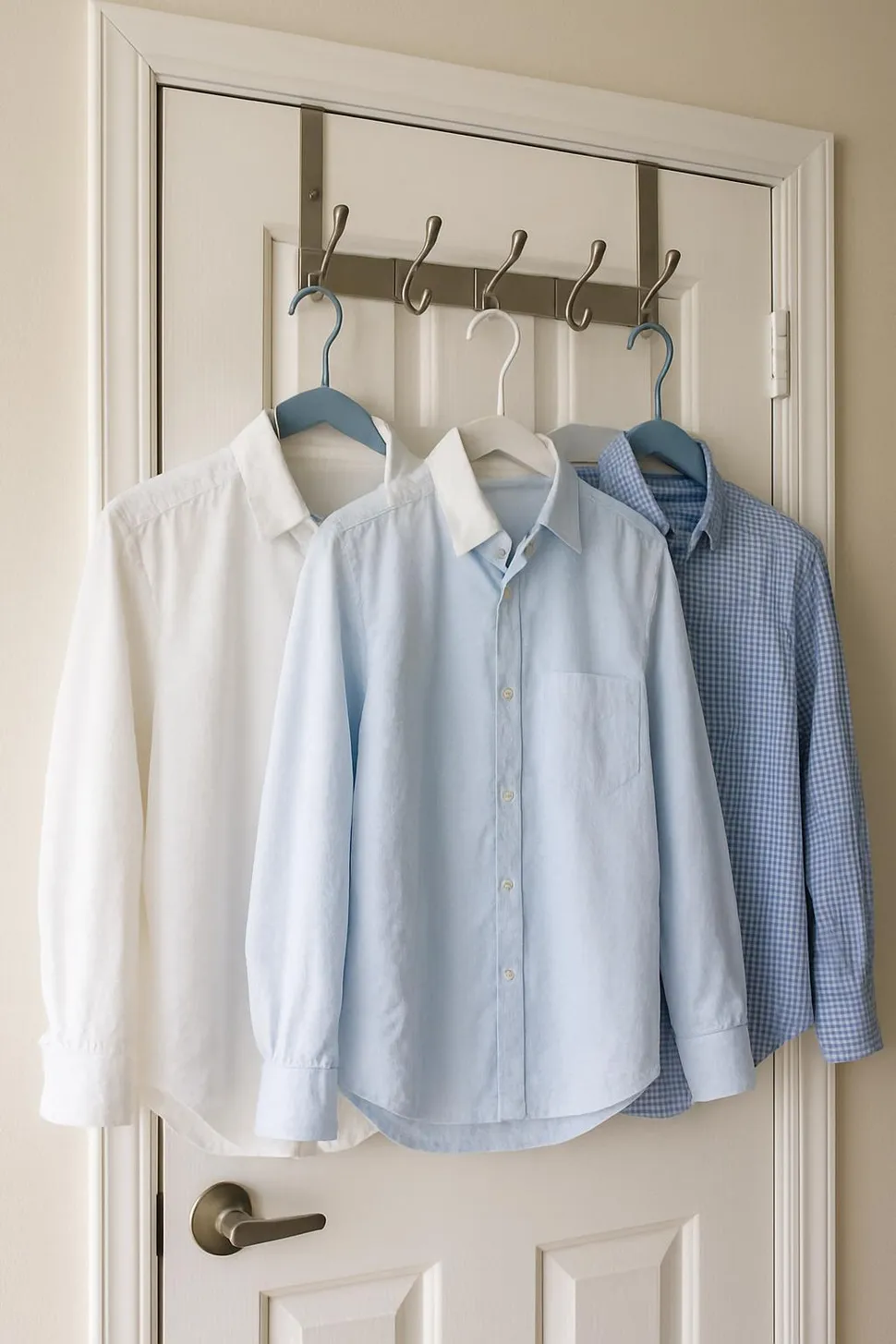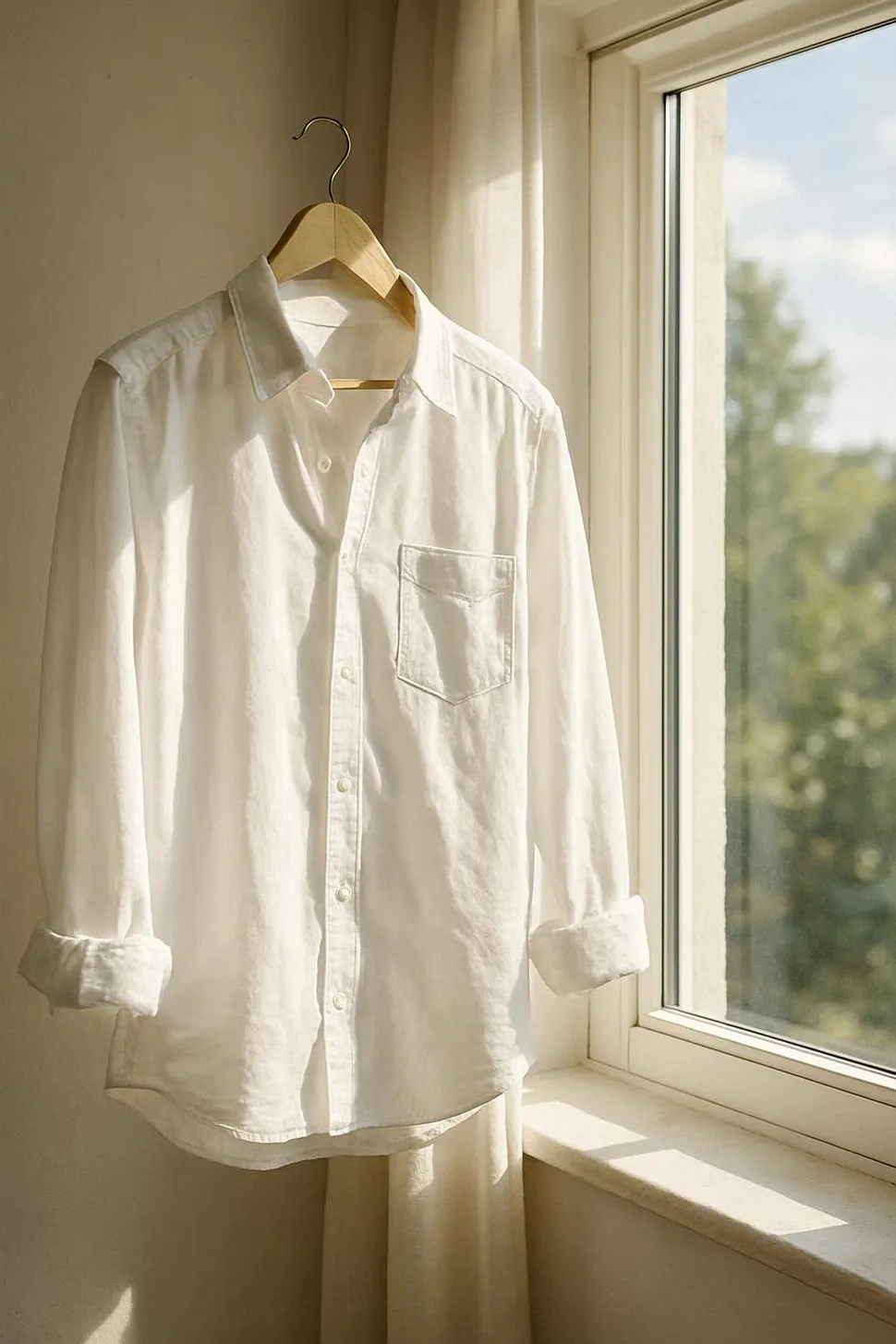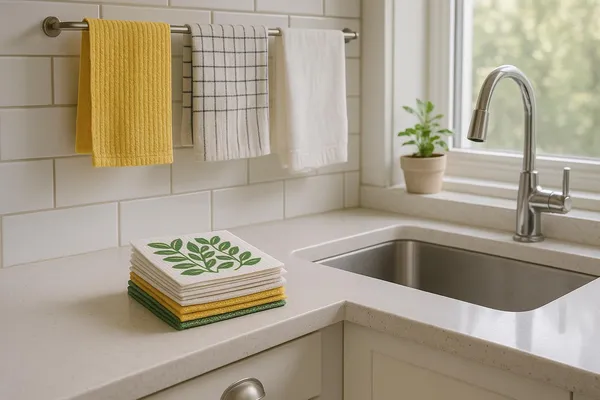It is a truth universally acknowledged (by my laundry basket) that air-drying sounds quaint… until you try it and end up with crunchy towels and a damp T-shirt that smells like it took a nap in a rainforest. Good news: with the right setup and a few airflow tricks, air-drying is effortless, fast enough for real life, and seriously kind to your clothes and the planet. Let’s build you a drying system that fits your space, your fabrics, and your schedule—zero mildew, maximum freshness.
Air-Drying Laundry 101: Racks, Lines, and Zero-Mildew Tricks
Air-drying is one of those small-but-mighty sustainability habits. It slashes energy use, extends the life of your clothes, and—bonus—can reduce microfiber shedding from synthetics. If that last bit piqued your curiosity, you’ll love our deep dive on laundry microfibers: Microplastics in Laundry: Do Guppyfriend Bags and Filters Work?. Pair that with the energy-saving tips in Eco-Friendly Laundry Hacks: Save Money and the Planet, and you have an eco-laundry dream team.
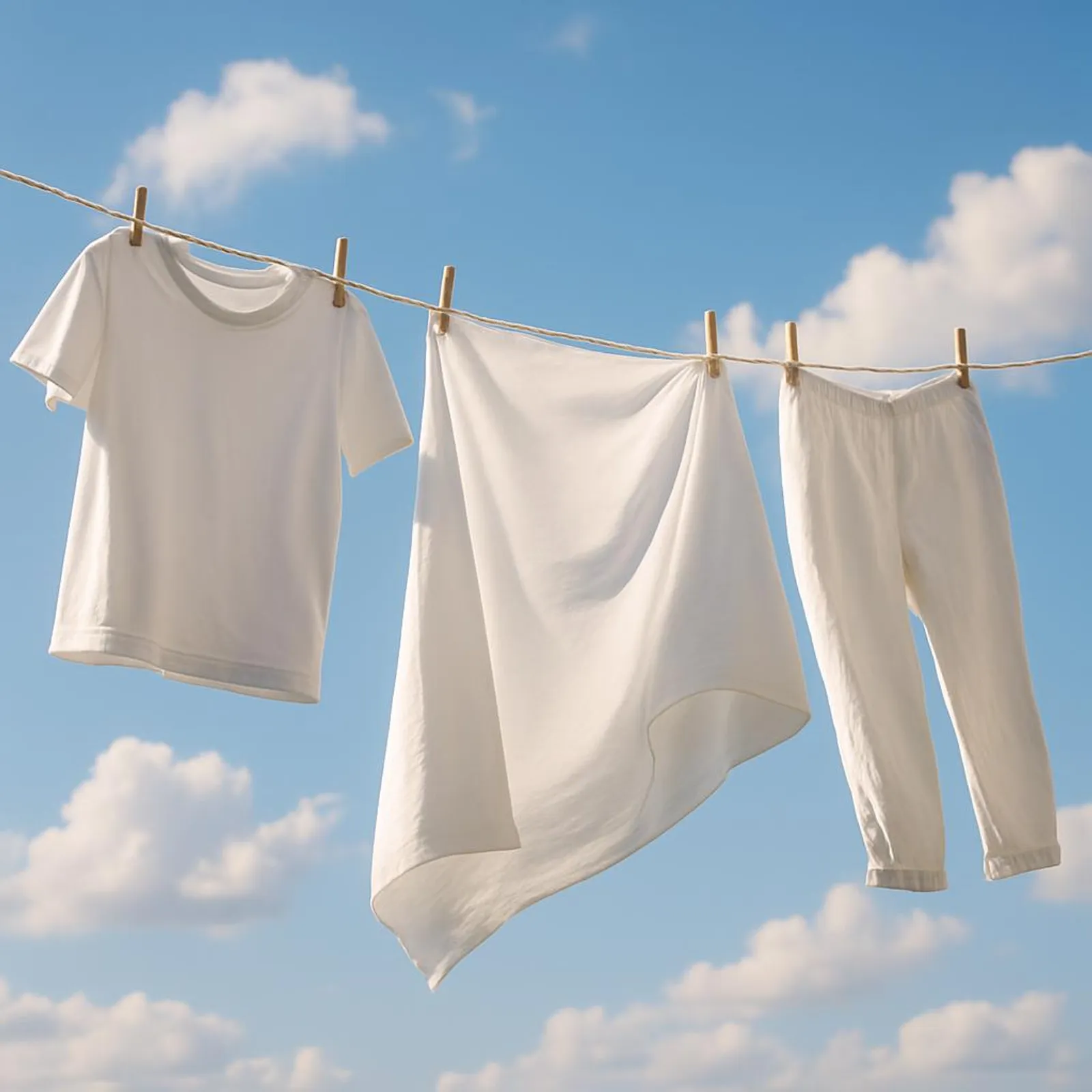
Why air-dry in the first place?
- Save energy (and money). Your dryer is one of the most energy-hungry appliances at home. Cutting even half your loads can noticeably shrink your bill.
- Be gentler on fabrics. Heat breaks down elastic, fades colors, and roughs up fibers. Air-drying helps socks keep their snap and tees keep their shape.
- Reduce microfiber pollution. Less friction and heat can mean fewer fibers washing down the drain.
- Bonus: The sun is nature’s stain fighter and deodorizer. UV helps brighten whites and neutralize odors.
🛍️Heads up, friends!
This post may contain affiliate links. If you click and buy, we may earn a small commission at no extra cost to you. We only recommend products we genuinely love for low-waste living.
Start with your space: the right drying system for every home
No laundry room? No problem. You can air-dry in a tiny studio or on a sprawling porch. The secret is choosing a setup that matches your space and how you actually do laundry.
Small space heroes
- Foldable X-frame rack: Pops open in seconds, folds flat under the bed. Look for stainless or powder-coated steel for durability and mold resistance.
- Over-door hooks + hangers: Turn any door into a drying bar for shirts and dresses.
- Shower rod strategy: Hang quick-dry items right after you shower for built-in steam and drip control.
- Wall-mounted accordion rack: Pulls out when you need it, hugs the wall when you don’t.
Medium spaces and balconies
- Retractable clothesline: A neat box you mount and pull across the room or yard. Slides out of sight when not in use.
- Ceiling pulley rack (also called a laundry maid): Hang it high, hoist it up to the warm air near the ceiling. Great above bathtubs or utility sinks.
- Multi-tier clip racks: Perfect for socks, underwear, and reusable cloths—tons of capacity in a tiny footprint.
Outdoor setups that endure
- Sturdy umbrella clothesline: Collapsible, high capacity, and a classic for yard space.
- Two-point line with a tensioner: Simple, strong, and easy to remove for renters.
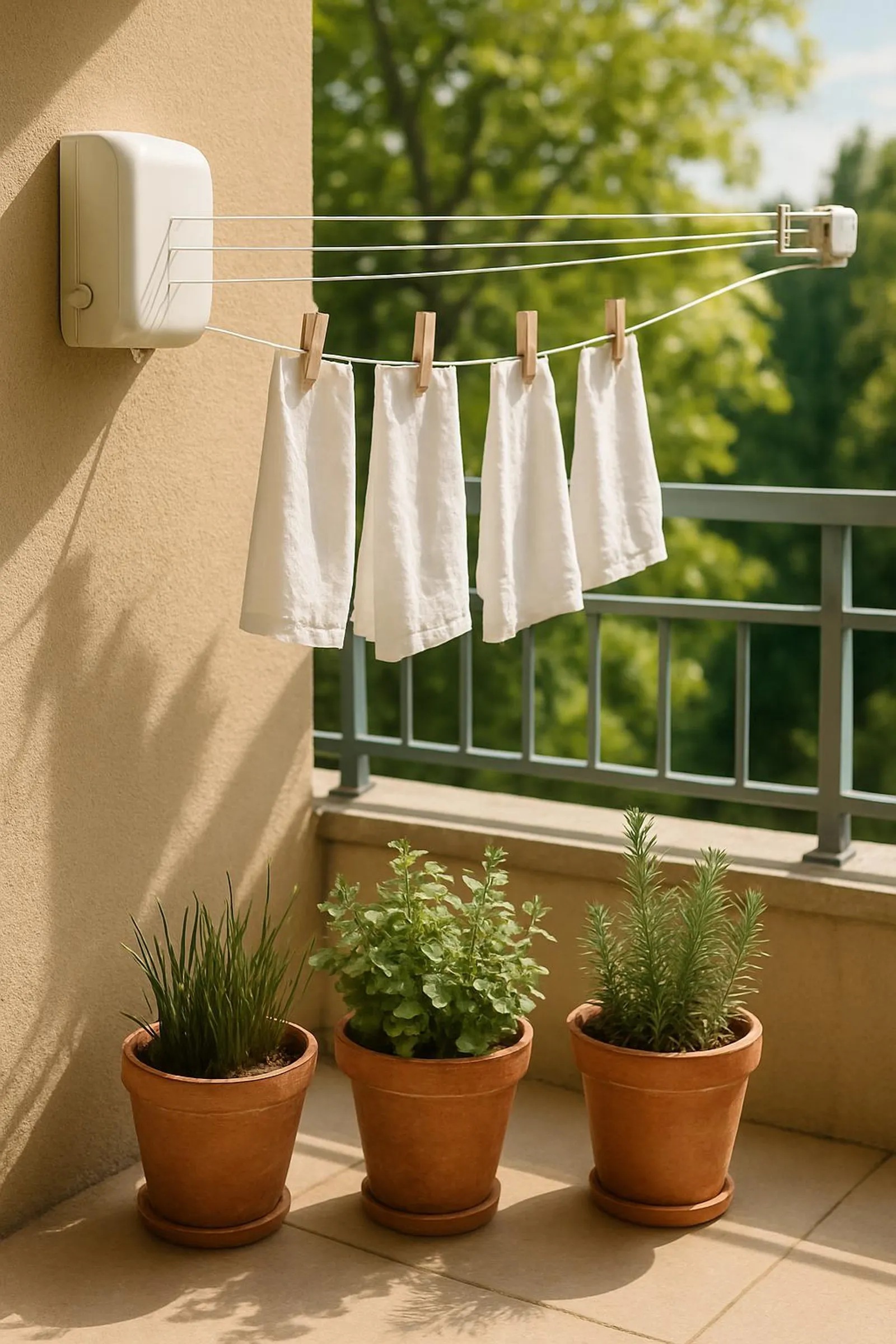
Hanger strategies that double your capacity
Most people underutilize vertical space. Hangers to the rescue.
- Shirts and dresses: Dry on hangers so they go straight into the closet—no extra folding.
- Pants and jeans: Clip by the waistband so legs hang free for airflow.
- Socks and underwear: Use a circular clip hanger to dry an entire load in a square foot of space.
- Sweaters and knits: Lay flat on a mesh rack to prevent stretching. If you don’t have one, use a towel on a rack and flip halfway.

Pro tip: Assign hangers by category—wood for heavy items, slim velvet for delicates, stainless clips for socks. It teaches your brain where each piece should go, and setup becomes muscle memory.
Airflow hacks that prevent mildew (and speed drying)
Mildew happens when moisture lingers without movement. Beat it with these friction-free habits:
- Space it out: Keep a finger’s width between garments. No overlapping fabric sandwiches.
- Create a cross-breeze: Crack two windows on opposite sides or point a fan across the room, not directly into the fabric.
- Spin it out: Use your machine’s highest spin speed to remove extra water before hanging.
- Towel burrito trick: For sweaters or hand-washed items, roll in a dry towel and squeeze. You’ll cut drying time in half.
- Dehumidify on humid days: A small Energy Star dehumidifier near your rack is a mildew-killing MVP.
- Flip once: Turn thick pieces inside-out halfway through.
- Time it right: Hang loads earlier in the day to capture the warmest, driest air.
✅Zero-mildew checklist
- Spin on high
- Shake items before hanging to relax fibers
- Keep gaps between garments
- Aim a gentle cross-breeze
- Flip thick fabrics halfway
- Start drying by midday
Sunlight is the cheapest, cleanest laundry booster you will ever own. Use it.
Chloe, your resident laundry cheerleader
Fabric-care tips to avoid stiffness and keep clothes soft
- The vinegar rinse: Add 1/4 cup white vinegar to the rinse cycle as a natural fabric softener. No, your clothes won’t smell like a salad.
- The shake-and-snap: Before hanging, shake each item and tug seams and hems to smooth fibers.
- Don’t overdry: Paradoxically, over-drying can cause stiffness. Aim for the sweet spot: dry to the touch with a hint of coolness.
- The 5-minute fluff: If you have a dryer, toss towels or jeans in for 3-5 minutes on low at the end with two dryer balls to soften, then finish air-drying.
- Sun smart: Sun works wonders on whites but can fade darks. Dry dark items in shade or indoors near a window.
- Stain smarts: Treat stains early, then sun-whiten whites for a natural boost.
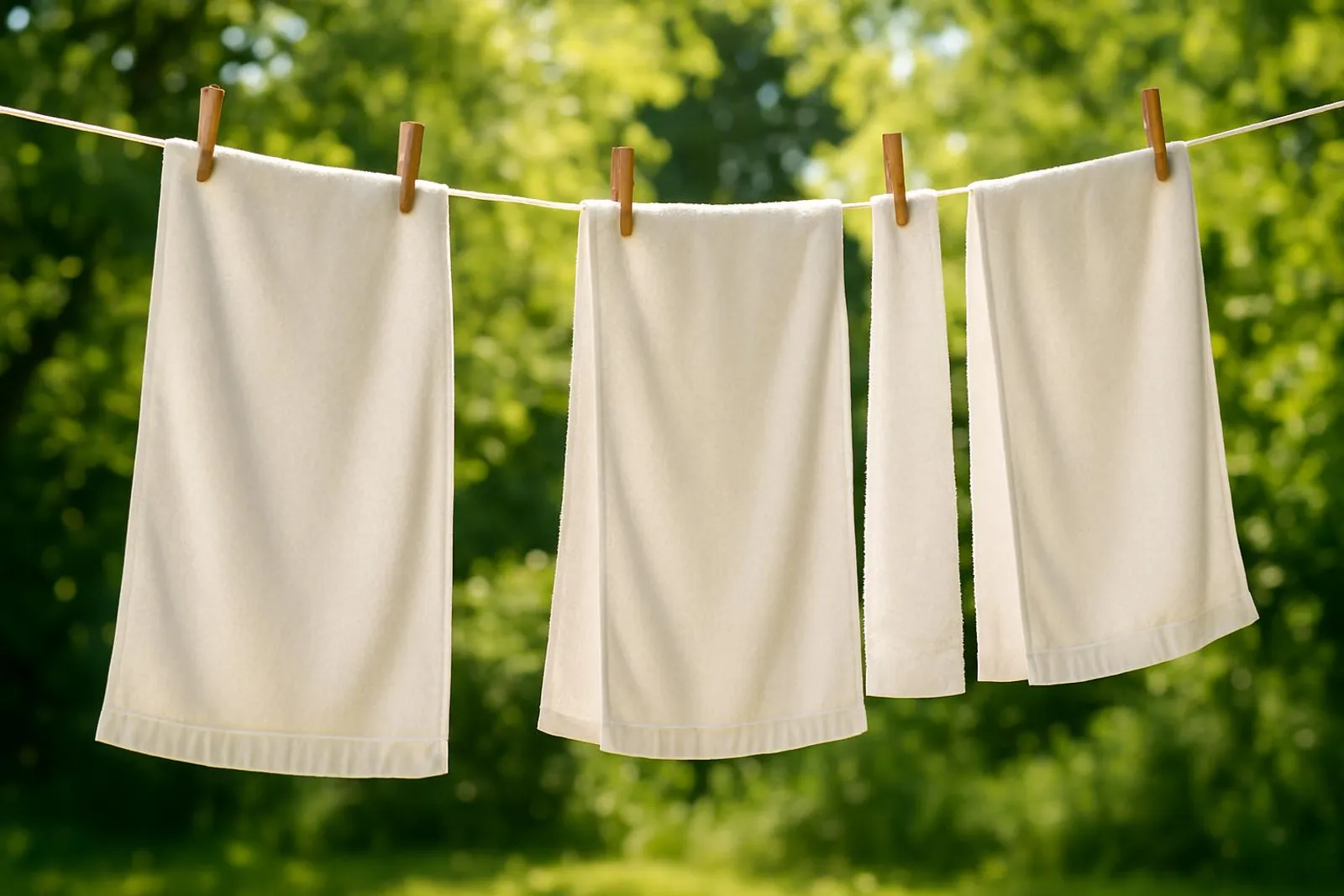
Simple weather playbook
- Dry, breezy day: Use an outdoor line or balcony. Pin collars and waistbands for airflow.
- Humid day: Move indoors, give garments extra space, run a fan or dehumidifier.
- Cold but dry: You can still dry outside—evaporation happens even in the cold—but plan for more time and thinner loads.
- Rainy: Indoor rack near a window with gentle fan. No overlapping, promise?
🔧Pro move for renters
Use a retractable clothesline across the bathtub for drip-friendly drying. When guests arrive, retract and stash clips in a small caddy under the sink.

Product picks we love for a low-waste laundry routine
These are sturdy, renter-friendly, and designed to last—so you buy once and use for years. If you use Amazon, here are easy starting points:
Prefer to reduce microfibers while you wash? See our tested picks and tactics here: Microplastics in Laundry: Do Guppyfriend Bags and Filters Work?.
Cost-per-use math (and why racks pay for themselves)
Let’s run friendly numbers using rough, conservative estimates:
- Foldable rack: $35 used 3 times per week for 3 years = about 468 uses. Cost per use: ~$0.07.
- Clip hanger: $18 used twice per week for 3 years = about 312 uses. Cost per use: ~$0.06.
- Retractable line: $22 used weekly for 4 years = about 208 uses. Cost per use: ~$0.11.
Now the energy savings:
- Typical electric dryer energy per load: ~3 kWh.
- At $0.18 per kWh, that’s ~$0.54 per load in electricity alone.
- Air-dry 3 loads per week: ~$1.62/week saved, or ~$84/year—plus lower wear on your clothes.
💸Savings snapshot
- Dryer energy per load: ~3 kWh
- Cost at $0.18/kWh: ~$0.54
- 3 air-dried loads/week: ~$84/year saved
- Clothes last longer: fewer replacements, less waste
Your first air-dry day: a no-drama plan
- Load plan: Wash in the morning, high spin cycle to reduce water.
- Quick prep: Set up your rack or pull out your retractable line in the sunniest, breeziest spot you have.
- Hanger sort: Line up 10 hangers, 1 clip rack, and a set of clothespins.
- Shake and shape: As each item comes out, shake it well and smooth seams.
- Smart spacing: Towels along the top bar, shirts on hangers around the sides, socks on the clip rack.
- Air assist: Turn on a low fan for cross-breeze; crack a second window if possible.
- Flip thick items once midway.
- Done-by-dinner: Most light to medium fabrics will be dry by evening. Fold and put away while they’re still a touch cool to the touch.
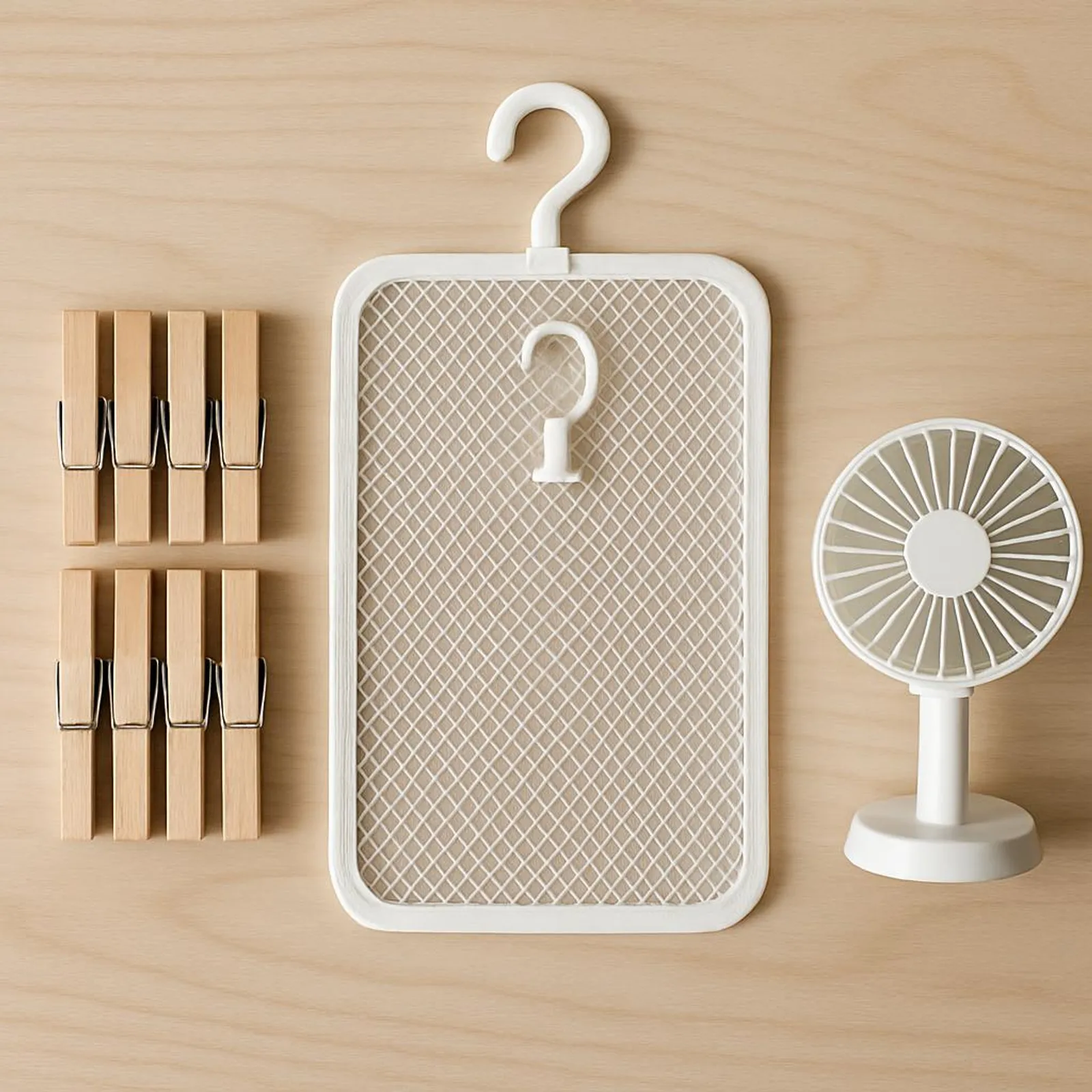
Troubleshooting the usual suspects
- Crunchy towels: Add 1/4 cup white vinegar to the rinse, shake aggressively before hanging, and finish with a 3-minute low tumble with dryer balls if you want extra fluff.
- Stiff jeans: Hang by the waistband and gently massage stiff spots when still damp. A quick 2-minute fluff at the end helps.
- Musty smell: Increase space between items, add airflow (fan or dehumidifier), and avoid drying overnight in a sealed room.
- Damp pockets or waistbands: Turn inside-out for the last third of drying.
- Lint and pet hair: Use a clothes brush when items are 95% dry; fibers release more easily then.
- Wrinkles: Shake and smooth before hanging. For cotton shirts, button the top button and tug the placket straight. Steam from a hot shower can finish the job.
- Slow-drying hoodies: Fold over the rack at the waist so the thick hood and shoulder seams have maximum airflow. Flip once.
If you want to level up your whole laundry routine beyond drying, circle back to our easy wins in Eco-Friendly Laundry Hacks: Save Money and the Planet. It pairs perfectly with these air-dry tips.
Quick-reference drying guide by fabric
- Cotton tees: High spin, shake well, hang on hangers. Dry in half a day with airflow.
- Towels: Space generously on the top bars of a rack. Vinegar in rinse for softness.
- Athletic wear (poly blends): Hang immediately; avoid heat to preserve stretch. Consider a microfiber filter or washing bag if you’re reducing microfibers. More here: Microplastics in Laundry: Do Guppyfriend Bags and Filters Work?.
- Denim: Hang by waistband; flip inside-out halfway. Massage stiff areas when slightly damp.
- Sweaters: Lay flat on mesh; reshape. Flip once.
- Delicates: Use a clip hanger or lay flat on a towel.
- Whites: Sun to brighten; rotate for even exposure.
- Darks: Shade only to avoid fade.
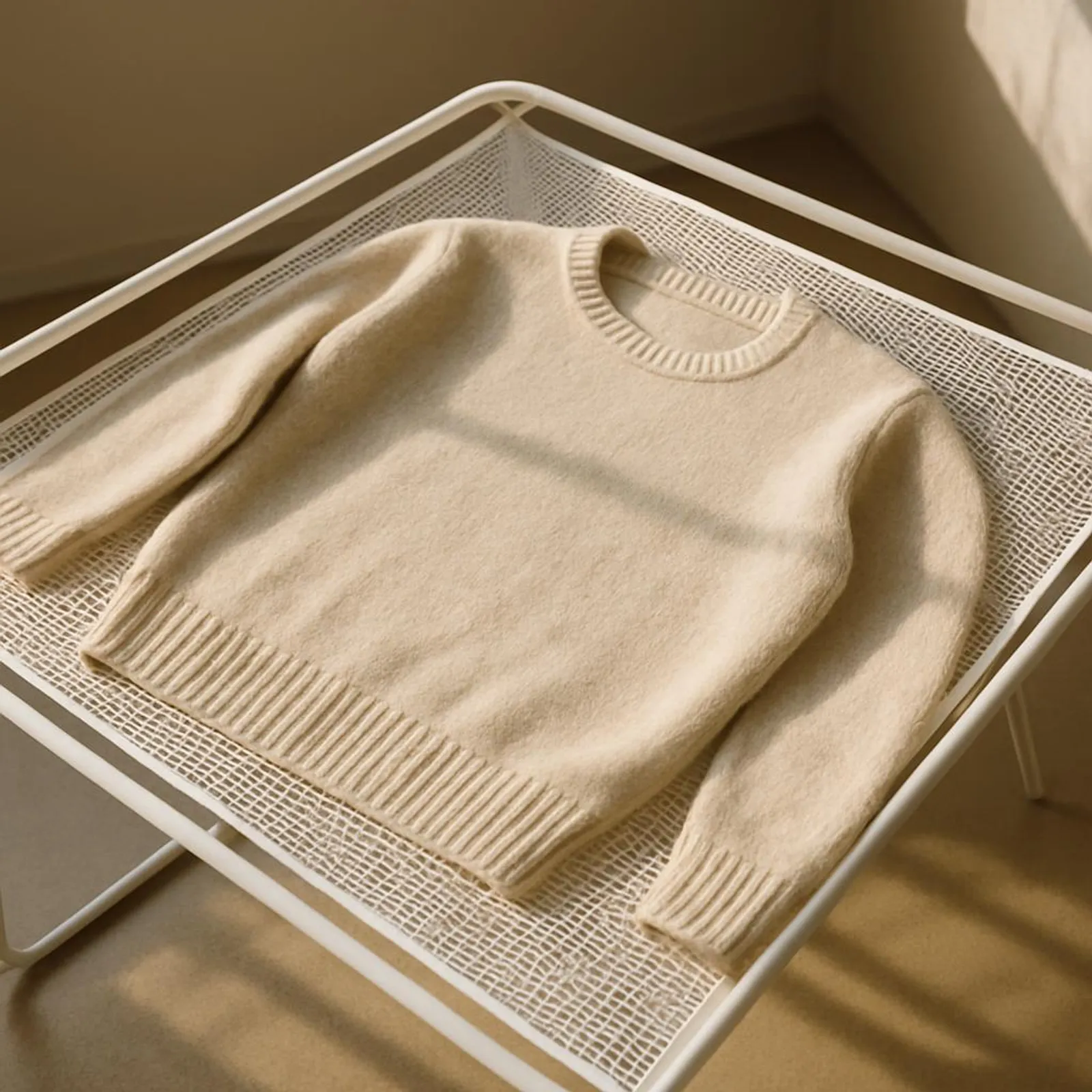
🎵Laundry day groove
Make it a ritual: put on a favorite playlist, set a 10-minute timer to hang everything with intention, and take a breath. Routines turn chores into autopilot.
The 7-Day Air-Dry Challenge
Try air-drying just half your loads for one week. Track how long things take to dry, which setup you liked best, and how your clothes feel. Share your setup and wins with us on Instagram at @mysimple.life.official so we can cheer you on and reshare your genius drying hacks.
What to track:
- Drying time by fabric
- Any mildew or stiffness (and which fix helped)
- Favorite rack or line configuration
- Energy savings estimate (count loads skipped)
If this week goes well, you might feel inspired to keep going—or to upgrade a rack. Start small, see what sticks, and tweak from there. Your clothes (and your utility bill) will thank you.
And remember: every breeze matters. Even tiny changes—like swapping one dryer cycle for a sunny line—add up. You’re not just drying laundry; you’re building a lighter, brighter routine that supports your wallet, your wardrobe, and the planet.
